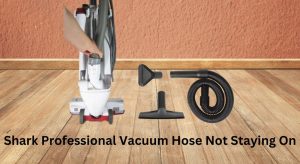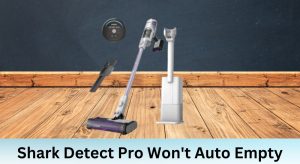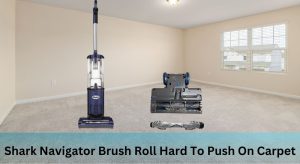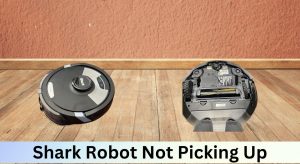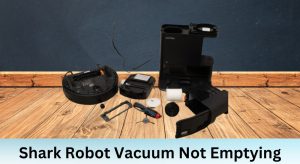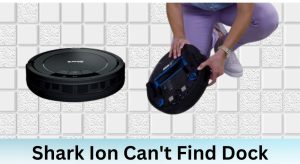Shark robot vacuums are renowned for their efficiency and advanced cleaning capabilities, making them a popular choice for households. However, one common issue that users may encounter is the vacuum making loud or grinding noises. These sounds can be disruptive and may indicate underlying problems that need attention. Addressing these noise issues promptly is essential to maintain the vacuum’s performance and ensure user satisfaction. This article aims to help you identify the causes of loud noises in Shark robot vacuums and provide actionable troubleshooting steps to resolve them.
Table of Contents
Exploring the Causes of Unusual Loud Noise
Mechanical Issues
Mechanical problems are a primary cause of loud noises in Shark robot vacuums. The brush roller, for instance, can become clogged with hair, strings, or debris, leading to grinding or scraping sounds. Similarly, issues with the vacuum’s wheels or gears, such as blockages or wear and tear, can also contribute to noise. A missing or misplaced small green piece that holds the brush in place can further exacerbate the problem. Regular inspection of these components is crucial to prevent such issues.
Electrical or Motor Problems
Electrical or motor-related issues can also lead to loud noises. A malfunctioning motor or faulty wiring may cause the vacuum to produce unusual sounds during operation. Inspecting these components for damage or wear is essential. Additionally, ensuring that the vacuum’s sensors and internal systems are functioning correctly can help prevent noise caused by electrical issues.
Troubleshooting Steps
Initial Checks
Start by removing the brush roll and running the vacuum to see if the noise persists. If the noise stops, the brush roll is likely the culprit. Inspect the brush roll and its surrounding area for blockages, debris, or missing parts, such as the green end piece. Cleaning the brush roll and removing any accumulated hair or debris can often resolve the issue.
Advanced Troubleshooting
For more persistent noise problems, perform a thorough inspection of the vacuum’s wheels, gears, and electrical components. Check for blockages or damage that may be causing the noise. Regular maintenance, such as cleaning the filter and updating the device’s software, can also help prevent noise issues. If the problem persists, advanced repair techniques, such as motor replacement or sensor calibration, may be necessary.
Potential Solutions
Temporary Fixes
If the noise is caused by a missing or misplaced green end piece, a temporary fix can be applied using thin 3M sticky strips to tighten the space. However, this is not a permanent solution and may require further action. Always ensure that temporary fixes do not compromise the vacuum’s performance or safety.
Permanent Solutions
To address the root cause of the noise, consider replacing faulty parts, such as the brush roll or motor. If the issue is complex, consult the manufacturer or a professional technician for assistance. Addressing the underlying problem will not only resolve the noise but also extend the vacuum’s lifespan.
Common Experiences and User Reports
Many users have reported loud noises in their Shark robot vacuums, often after replacing the brush or misplacing small components. These reports highlight the importance of regular maintenance and careful handling of the vacuum’s parts. By learning from these experiences, users can take proactive steps to prevent similar issues.
Maintenance and Prevention
:strip_icc()/cleaning-robot-vacuum-ad1e61d2c9ec4c4e89fbe96bba3c16dc.jpg)
Regular Maintenance Tasks
To keep your Shark robot vacuum in optimal condition, clean the brush roll and surrounding areas regularly to remove debris. Inspect and replace the filter as needed, and update the device’s software to ensure it operates smoothly. Annual maintenance checks can help identify and address potential issues before they escalate.
Tips for Preventing Loud Noise
Prevent loud noise issues by using the vacuum on suitable surfaces and avoiding blockages. Store the vacuum properly when not in use, and follow the manufacturer’s guidelines for maintenance and repair. Proper usage and care can significantly reduce the risk of noise problems and extend the vacuum’s lifespan.
Additional Resources
For further assistance, refer to the manufacturer’s maintenance schedules or troubleshooting guides. Contact Shark’s customer support or visit their website for additional resources and support. By staying informed and proactive, you can ensure your Shark robot vacuum continues to deliver reliable and efficient cleaning performance.


